
Filter News
Area of Research
- (-) Clean Energy (41)
- (-) Nuclear Science and Technology (6)
- Advanced Manufacturing (4)
- Biological Systems (2)
- Biology and Environment (7)
- Climate and Environmental Systems (1)
- Data (1)
- Fossil Energy (1)
- Isotope Development and Production (1)
- Materials (21)
- Neutron Science (17)
- Sensors and Controls (1)
- Supercomputing (17)
- Transportation Systems (1)
Media Contacts
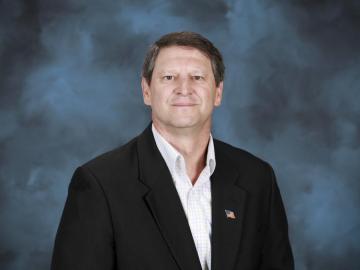
Richard “Rick” Raines has been on the forefront of protecting critical communications systems from attack since before the term “cyber” was in vogue, and he is bringing that leadership to bear as he takes on the role of director for the Electrical and Electronics Systems Research Division (EESRD) at...
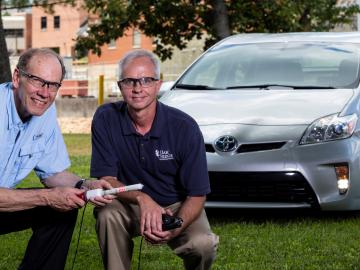
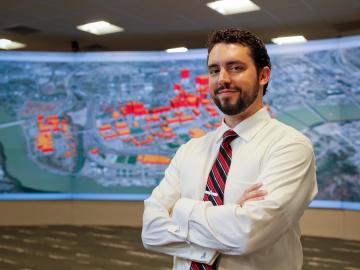
Joshua New has an ambitious goal to increase the nation’s efficient use of energy: he wants to create a model of every building in America. All 130 million of them. For now, Joshua and his colleagues in the Building Envelope and Urban Systems group are creating virtual models of the buildings in ...

After more than a year of operation at the Department of Energy’s (DOE’s) Oak Ridge National Laboratory (ORNL), the COHERENT experiment, using the world’s smallest neutrino detector, has found a big fingerprint of the elusive, electrically neutral particles that interact only weakly with matter.
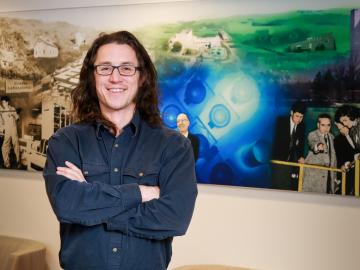
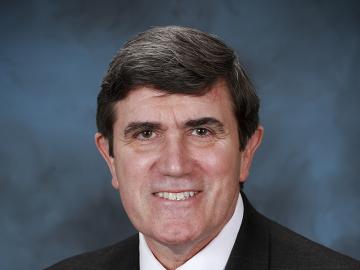
Brian Davison, a researcher at the Department of Energy's Oak Ridge National Laboratory, has been awarded a 2017 fellowship by the Society for Industrial Microbiology and Biotechnology (SIMB).

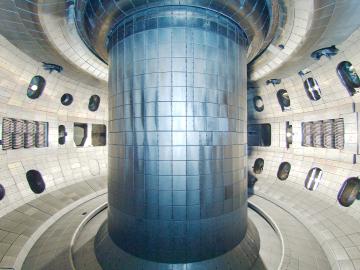
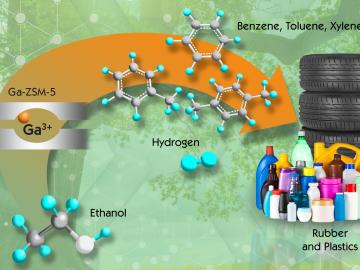
A simplified catalyst production process developed by Oak Ridge National Laboratory could double the output of high-value chemicals used in making materials found in soda bottles and tires. Scientists found that single gallium cations are the key to increasing production of ben...

Researchers used neutrons to probe a running engine at ORNL’s Spallation Neutron Source


